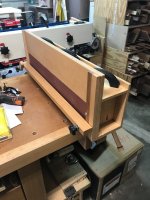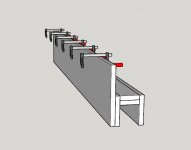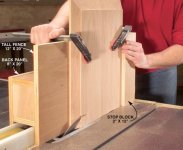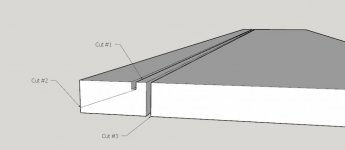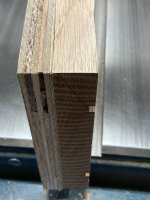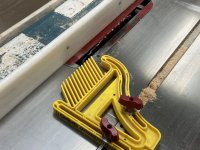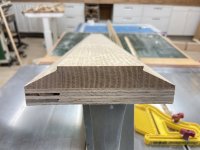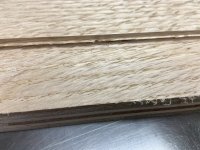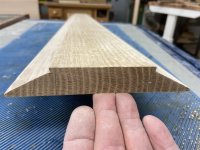- Messages
- 11,635
- Location
- Constantine, MI


Oh well, not going to happen that way - the angle is way to shallow on the bit.
Yeah that would make it dubious in the config I was thinking...right tilt saw
Well, two issues with that approach. First, I’m horrible with a hand plane.What about using that router bit, and then hand plane to finish the cut?


